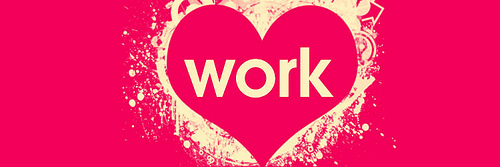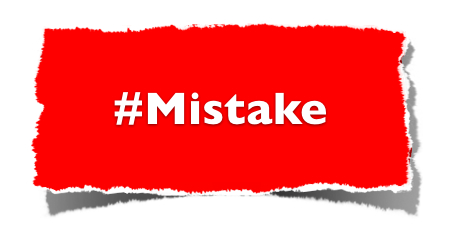“After climbing a great hill, one only finds that there are many more hills to climb.”
– Nelson Mandela, former President of South Africa
Over the past few weeks, the world has celebrated the long and remarkable life and legacy of Nelson Mandela.
If he were a mountain climber, he would perhaps have scaled more summits than almost anyone in history, and he taught us the important life lesson that it’s all about climbing.
Exercise:
What hills and mountains have you already climbed, where you have stood at the summit with a feeling of satisfaction and accomplishment?
What new hills are before you to challenge your strength and resolve, to further your life journey and your contribution to the world?







